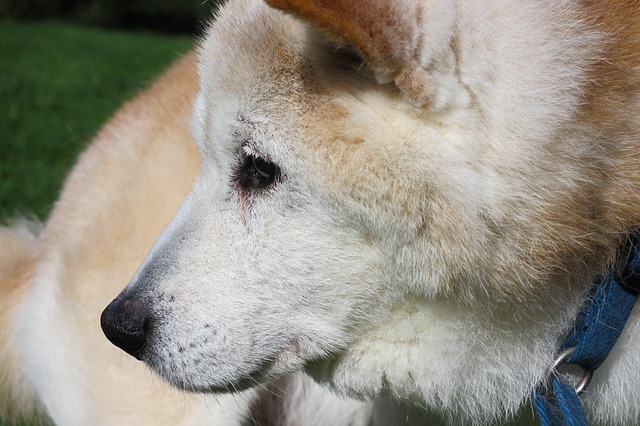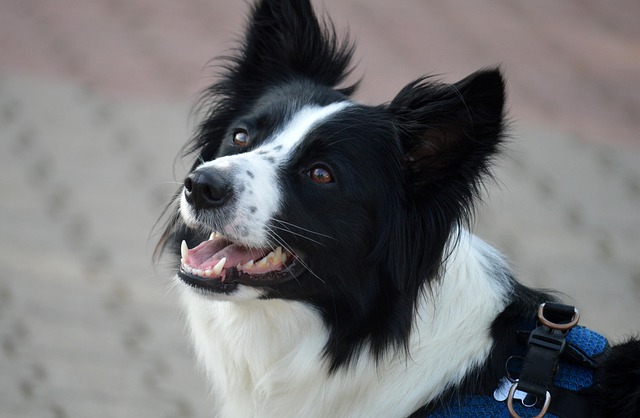Taking care of a calf is often likened to taking care of a newborn baby. Just like infants, calves require special care and attention. Without proper care, calves can fall ill or, worse, die. In fact, dairy farmers make sure that their livestock, including calves, are provided with a healthy diet and safe living conditions. Since calves are the next generation of adult cows, dairy farmers see to it that they grow up well. Pregnant cows are placed in a special calving pen where they’re closely monitored by both dairy farmers and veterinarians. After they give birth, they produce and offer colostrum, which is a milky substance filled with nutrients and antibodies, to strengthen the calves’ immune system. Then they go back to the milking herd while calves are brought to dry and clean individual pens where they’re cared for. If calves aren’t given this kind of housing, they could get injured by adult cows that weigh over 1,500 pounds. Dairy farmers stay committed when they look after their calves. They feed them bottled milk a few times a day until they’re ready to join group pens with other calves. They also check up on them regularly and provide them with calf jackets to protect them from the cold. Keep reading to learn how to raise healthier calves.

- Monitor Calf Growth
For starters, you have to learn how to monitor calf growth. Like human babies, there are certain metrics you can check to ensure your calf is growing as healthy as possible, such as the weight and height. For example, a calf weighs 36 kilograms at birth and 62.5 kilograms after a month. Moreover, metrics will help you be certain that your calf is getting the nutrients they need. Note, however, that if your calves have recently been ill, it will take weeks or months before they can be fit and strong again. Their recovery will depend on their condition. For instance, if their illness was severe, it will take longer for them to get back up and join the healthy herd. The target growth curves of calves are available by breed. To be sure, you can ask your veterinarian about this. Here’s how you can measure and monitor your calves’ growth:
- Measure and then record the heart girth and wither height in inches.
- Weigh the calves with the proper scale.
- Determine the height with a meter stick.
- Calculate the following: average daily gain, averages for the group you have, and the percentage of each weight-gain goal for each calf.
- Know Their Proper Nutrition
Proper nutrition is essential to calves’ strong development, especially during the calving season. Living in a state or a country with freezing cold temperatures is another factor to take account of. If you notice any weak calf in your herd, the main reasons may include poor nutrition and a mother’s diet that lacks enough protein. For cows and heifers to be healthy, they should receive a body condition score of at least five prior to calving. Your veterinarian will be able to guide you through this.Whatever the age of your calf is, the requirement remains the same. Calves still need to have colostrum, calf starters or growers, and milk or milk replacers at every stage of their life, so they can maintain stable body temperature, gain a healthy weight, and increase their height.You should provide them with easy access to fresh water 24/7 too. Calves need water between every milk feeding.If calves aren’t given proper nutrition, their risk of getting culled as a cow will be greater, their growth rate will be lowered, and their age at first calving will be delayed by four and a half months.

- Learn The Basics Of Weaning
Calves that have mothers usually start to wean when they reach four to six months. On the other hand, bottle calves wean as early as three weeks. For a calf to fully reach the weaning stage, however, you’ll need to feed them one 60 pounds of grain mix calf starter, as well as one 50-pound bag of milk replacer. A day before fully weaning your calf, you should feed them grains weighing a couple of pounds daily.To start weaning a calf without taking away too much nutrition from the milk abruptly, start gradually. You can begin by limiting the feeding to only one per day or reducing the amount of milk given during each feeding session. Because milk is reduced, you’ll have to ensure you’re giving enough hay and clean water or cow feeds to increase their grain intake slowly.It’s important to remember that the milk replacer, calf starter, and water should be placed outside the pen to keep them from getting contaminated by manure and urine and spilling on the calves’ bedding. ConclusionBy learning about these tips, you’re now more than ready and well-equipped to take good care of your calves. But if you feel unsure of something, don’t hesitate to call your vet.





Leave a Reply